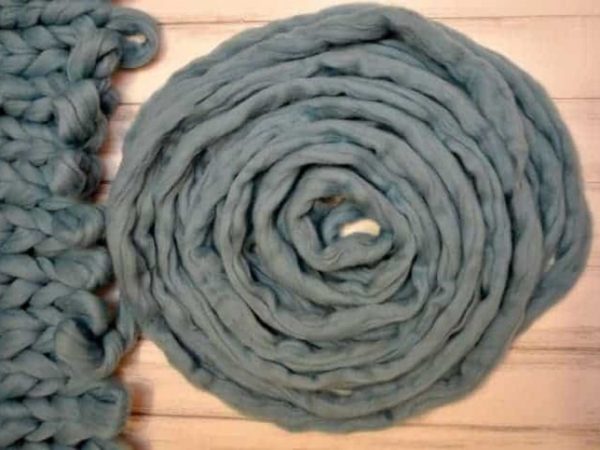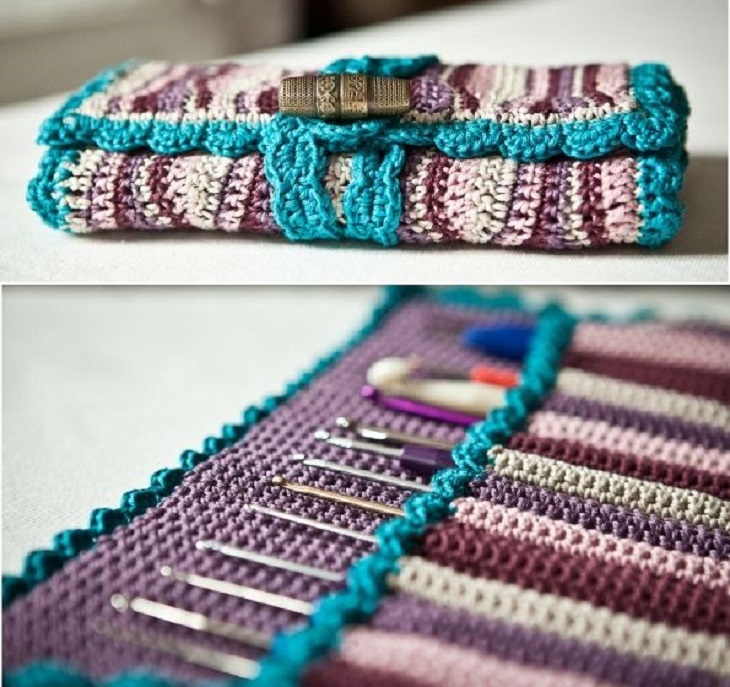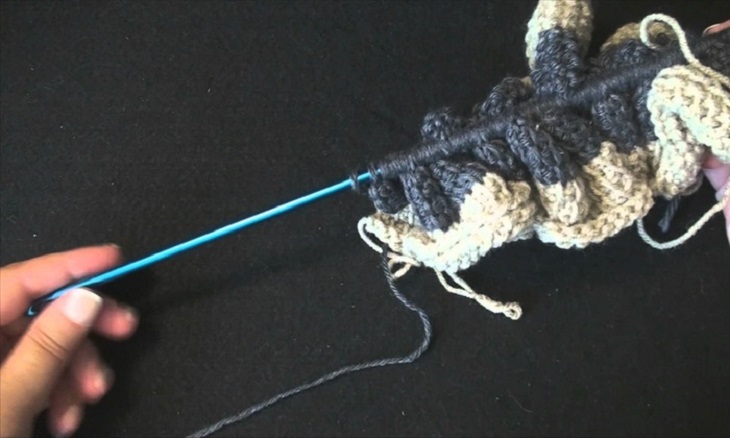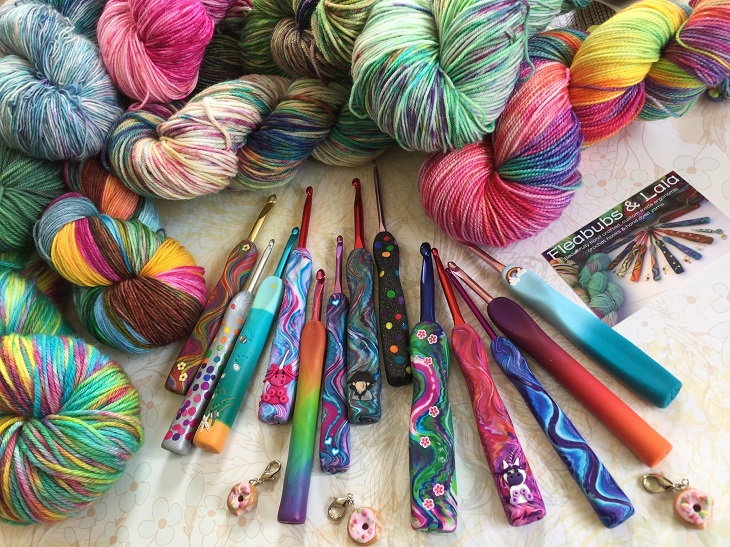10
Feb

Talk to anyone who has some experience in knitting and crocheting and they will tell you that the crochet hook you use has a great impact on the end product. However, picking the right crochet knitting needle from the hundreds of options on the market isn’t always easy. What’s best for one person may not be ideal for another. Plus, different projects and types of yarn require different styles and shapes of hooks. But don’t let that stop you from finding exactly what you want and need. We’ve got all the details when it comes to what makes one hook different from another and some expert advice on how to choose the ideal hook for your next project.
When buying the most suitable crochet hook for your needs, it helps to understand its different parts.

The head is actually the hook that catches the yarn, while the throat is the shaped part below it that guides the yarn up the hook. A “tapered” hook features a rounded head which is not in line with the rest of the hook. An “inline” hook has a flatter throat and a more pointed and deeper hook which is in line with the rest of the hook. Neither one of them is better or worse, but different crocheters have different preferences. If you’re a beginner in this, your best bet is trying out both types to see which one you like better.
The shaft is the part that lies just below the throat. It determines the hook’s size as well as how large the finished stitch will be. For instance, H8/5.00mm means that the shaft has a diameter of 5 mm.
The grip is the part where you rest your thumb, while the handle is the end where you hold the hook. Both are very important elements. For example, if the grip is too short or bumpy, the hook won’t feel comfortable. Also, you might prefer the feel of a rubber grip. If you frequently experience stiffness or pain in your hand from crocheting, you’ll most likely do best with an ergonomic handle.

While plastic and aluminium are the most common materials used for crochet hooks, you can also find models made from rubber, wood, bamboo, wood and even glass. Different materials will work better with different types of yarn. For example, a yarn that’s really slippery might slide off a glass or a plastic crochet hook too quickly. In this case, a slightly rougher bamboo or wooden hook would be a smarter choice.
The average knitting needle will work fine for any beginner. You can buy these separately or in sets of different sizes at any major crochet hooks Australia based brick-and-mortar or online store. They come in different sizes, which may be measured in numbers, letters, or millimetres. For example, a general-sized model is an H-8 5 mm. A basic set might range from E – J. Size E is smaller than H, while size J is larger. You should match your knitting needle’s size to the weight of your yarn. For beginners, it is recommended working with worsted weight yarn and a hook in size G or H.
When crocheting with thread, the hook you use is similar but significantly smaller than the one you’d use with yarn. Thread crochet hooks are typically made from steel which means they don’t bend while you’re working on your project. If you plan on working with thread, it’s essential that you learn how thread weight is labelled and how thread hooks are numbered.

Some people find it uncomfortable to work with regular crochet hooks for a long period of time, particularly if they are dealing with certain hand conditions such as arthritis or carpal tunnel. For that reason, there are ergonomic models that have significantly larger handles shaped in a way to create a grip that facilitates an easier crafting.
Crochet enthusiasts who want to work on their projects at night without waking everyone up by turning on the lights can now buy light-up knitting needles. These unique pieces light up right at the tip so that you can easily spot where you are supposed to insert the hook. This model is pretty much the same as the regular knitting needle, except for the light.
Tunisian crochet is a niche of this craft that uses a different set of stitches and special hooks. Also called Afghan crochet hooks, Tunisian hooks are longer than the typical models. They may have a head on each end or a cable connecting a one-headed hook to another one-headed hook.
Knooking is another technique that uses a different type of tool to get a knit-like fabric. The Knook is the name of the used tool – it looks like a regular crochet hook but it has a small hole drilled into one end through which you thread a cord for holding the stitches.